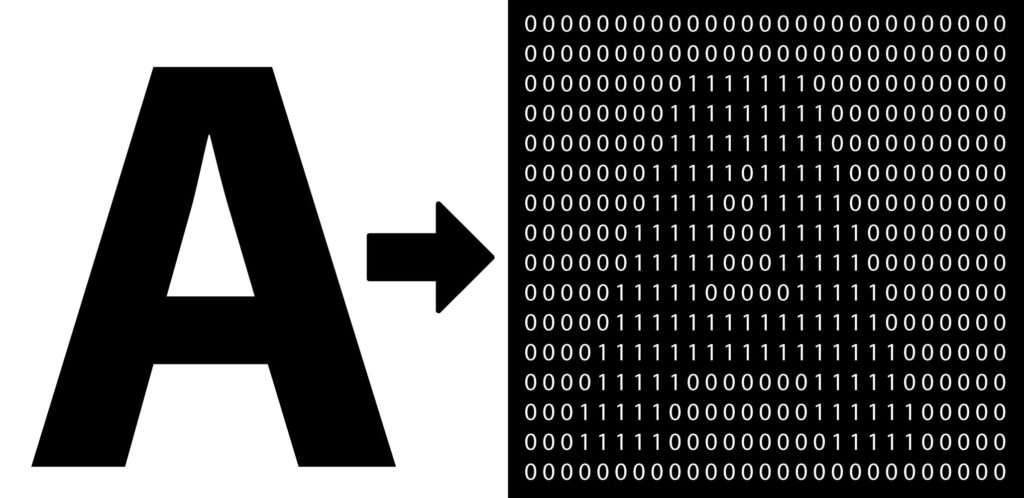Image recognition is the task of converting real-world images into numerical or symbolic information. Human vision makes this process seem easy, but it’s hard for computers to mimic.
Digital images are a matrix representation of pixels and the intensity of those pixels. The data fed to a recognition model is the location and intensity of these pixels.
Computer Vision
Computer vision is the ability of a machine to detect and interpret visual patterns. It can be applied to a wide variety of tasks, including object identification, image classification and image segmentation. It can also be used to analyze 3D models and to recognize text.
There are many different types of computer vision systems, each designed to solve a specific type of problem. Some are stand-alone applications that perform a specific measurement or detection task, while others are parts of larger systems such as human-machine interfaces.
For example, in medical imaging, computer vision systems can quickly scan a patient’s body for signs of disease. These systems can then help doctors identify the location of a tumor or hardening of the arteries. Image recognition is also used in video surveillance to detect possible threats. It is also used in manufacturing to locate defective items on the production line. This helps to improve efficiency and reduce costs.
Optical Character Recognition (OCR)
The use of OCR technology is one of the most common ways to convert physical documents into searchable text. OCR has many uses, including helping blind and visually impaired users access information, automating data entry, and listing documents for search engines.
OCR works by converting printed or handwritten text into digital images. These images are then processed using pattern recognition algorithms. Basically, the image is broken down into different components, such as text blocks, tables, and inset images. It is then evaluated for bright and dark parts and compared with a database of known patterns.
Named entity recognition (NER), a machine learning technique, can help improve OCR accuracy by identifying specific types of text. For example, NER can identify names, locations, dates, and monetary values. This can be especially useful in applications such as detecting fraud or analyzing medical claims. This is one reason why AI and OCR are increasingly combining to streamline workflows for enterprises.
YOLO
YOLO is an object detection algorithm that uses convolutional neural networks. It is a popular choice for real-time object recognition because it is fast and accurate. Its algorithms can process up to 45 frames per second and reach twice the mean average precision (mAP) of other real-time systems.
It differs from other state-of-the-art detectors in that it treats classification and detection as a single regression task. Its architecture enables it to predict multiple bounding boxes and class probabilities simultaneously, making it more accurate than previous models.
It is also able to handle overlapping objects better than previous versions, and it does not suffer from the same problems as other object detection models. However, it does have a few limitations. For example, it is unable to detect smaller images, and it has trouble with new or unusual shapes. YOLO has evolved over time and has many different variants. A recent version called YOLOv3 improves performance by removing the softmax layer and using independent logistic classifiers for each grid cell. It also uses batch normalization in the convolution layer, which pushes mAP up 2%.
Faceapp
The photo-editing app Faceapp has been riding high on the virality of its ‘aging filter’, but the fact that it’s owned by Russian company Wireless Lab is causing eyebrows to rise over privacy concerns. The app has been accused of uploading troves of user photos to servers and even of selling that data to third parties, including facial recognition companies.
Faceapp’s features are powered by a type of machine learning called a neural network. The network is trained on images of people from a large database and can then imitate those same patterns in other photos it sees.
The app first made headlines in 2017 with its ‘ethnicity filters’, which were condemned as racist, and again this year when it was forced to remove another ethnicity-change feature after a backlash. But a French cyber-security researcher who goes by the pseudonym Elliot Alderson has investigated claims that Faceapp uploads all of a user’s photos to its server. The app has denied that claim, stating that it only uploads photos that users have chosen to edit.
